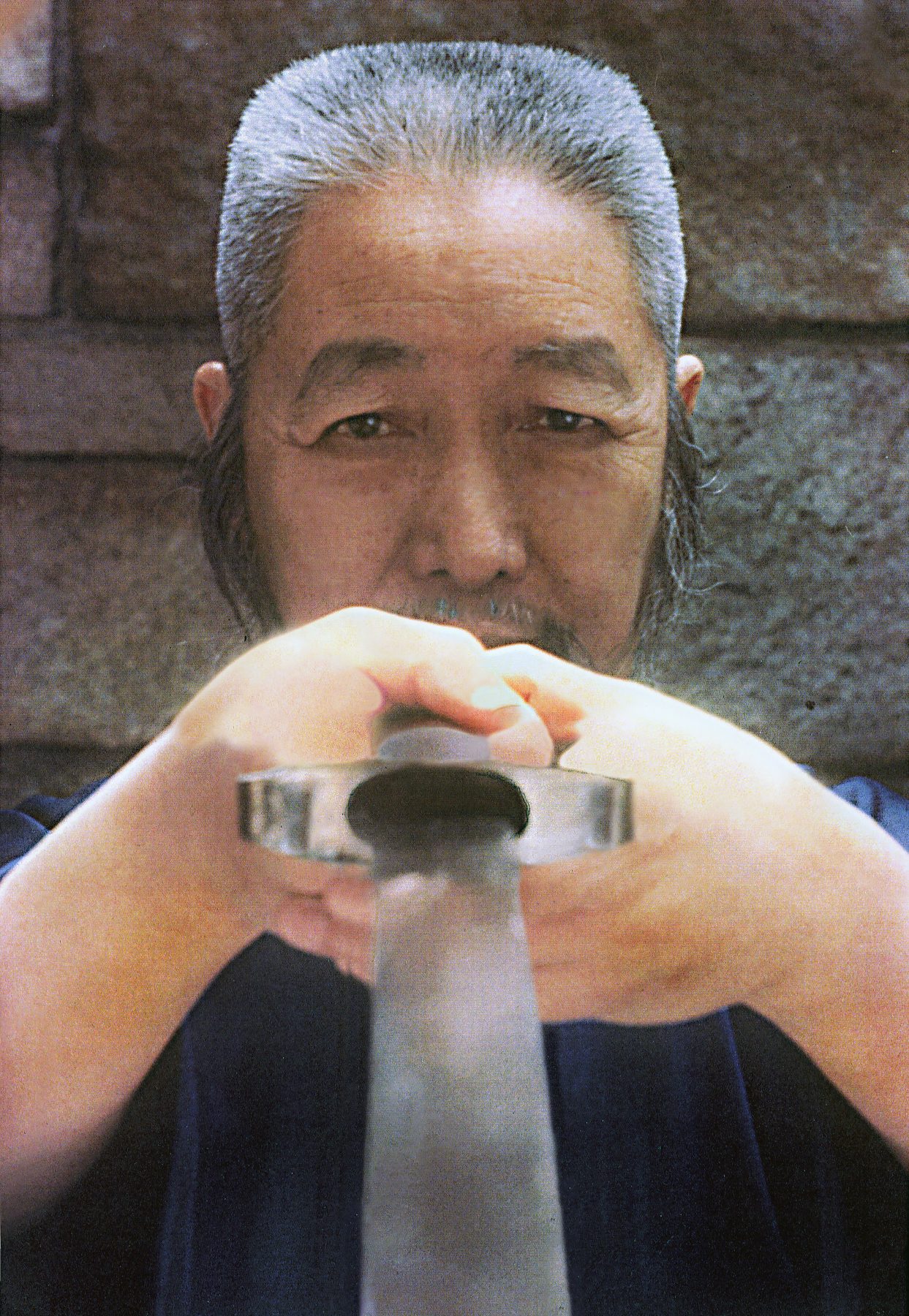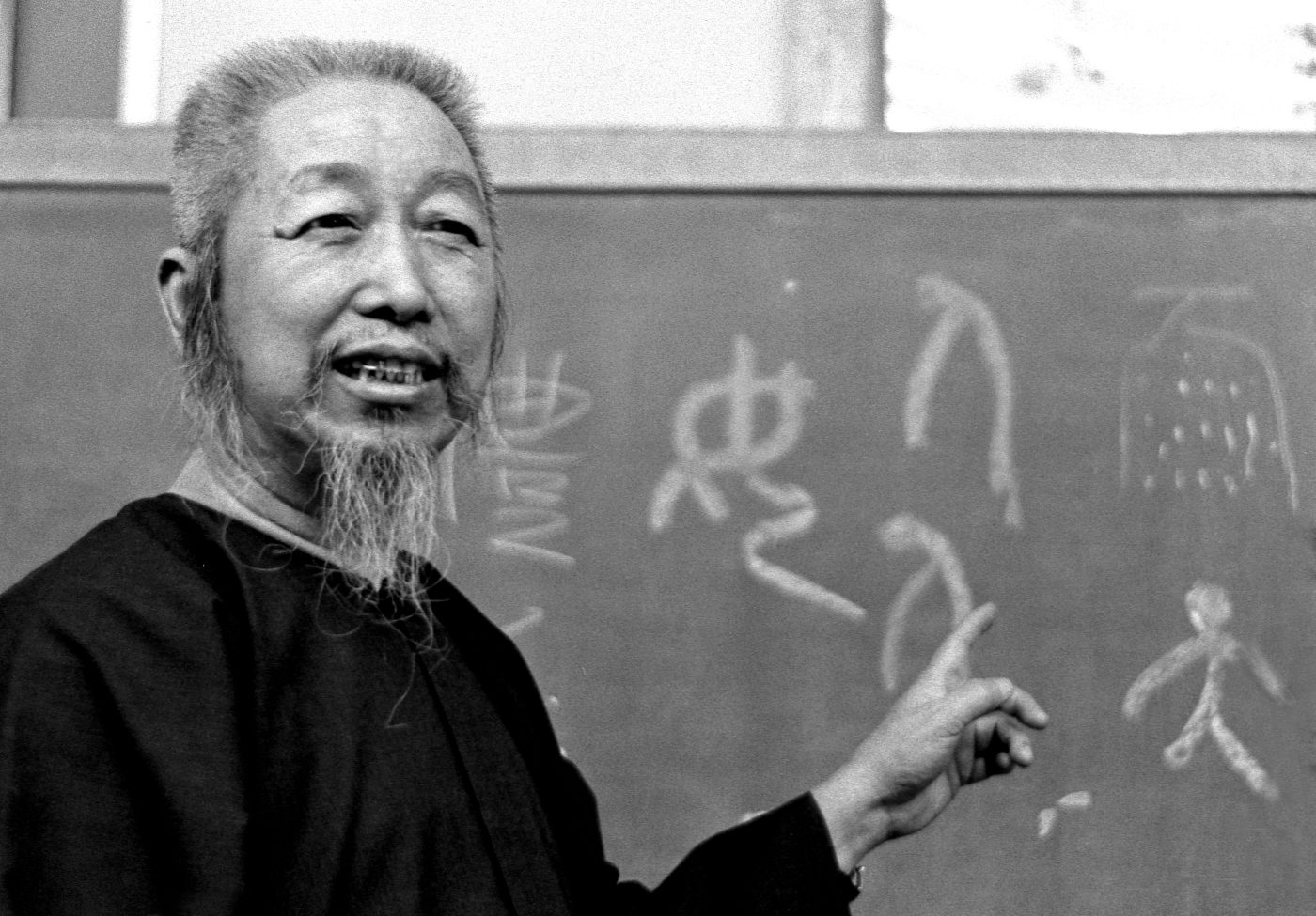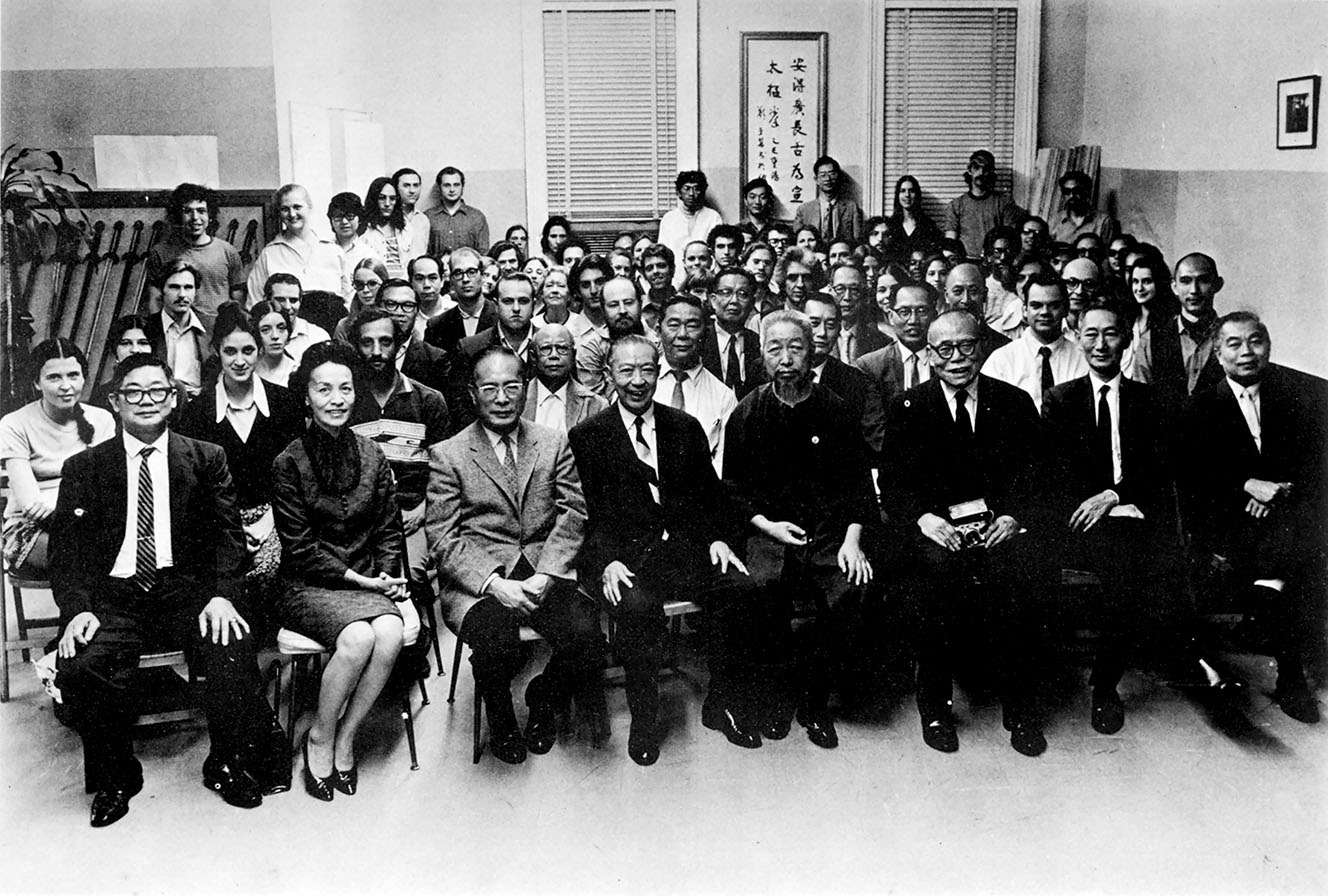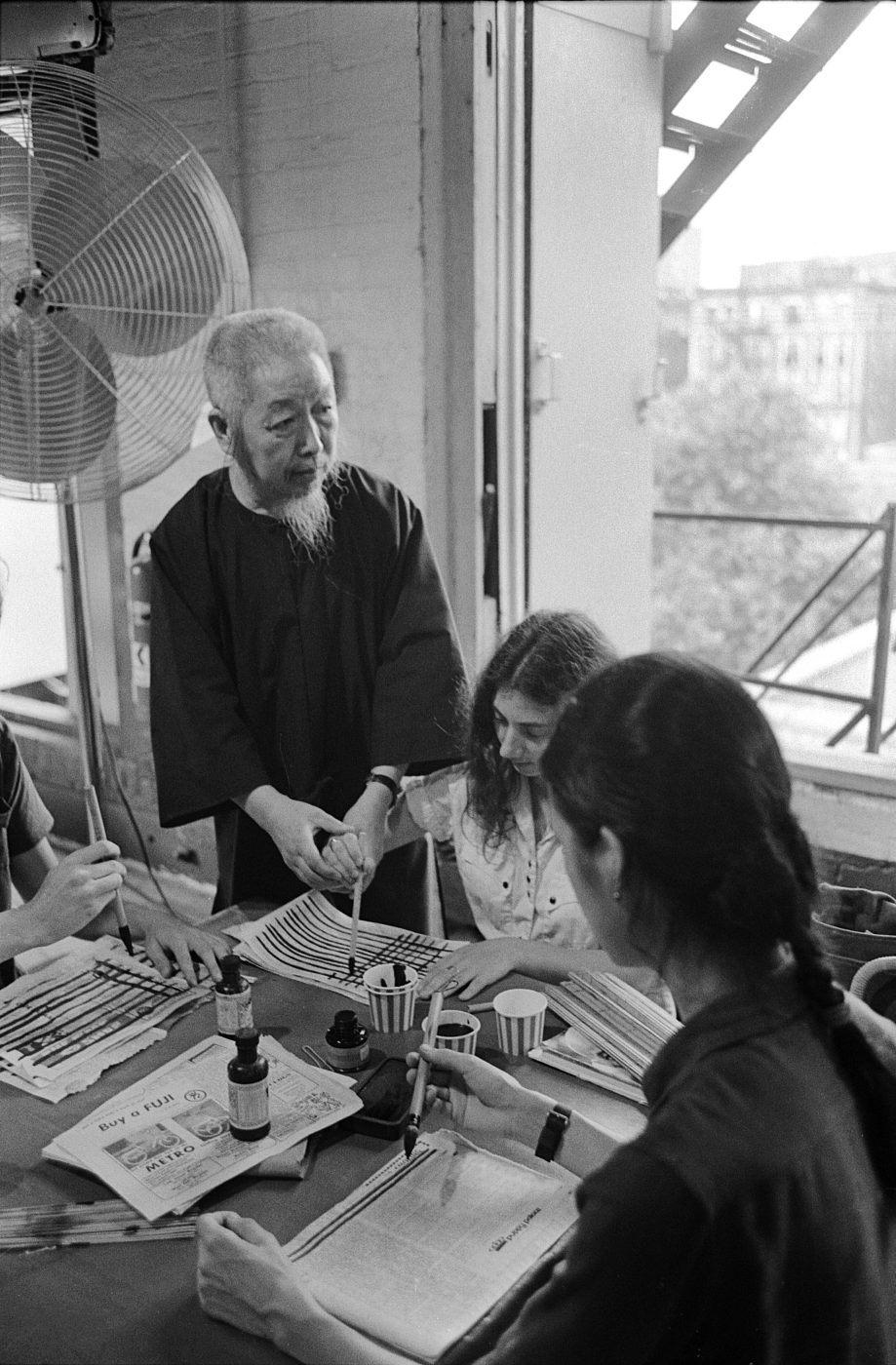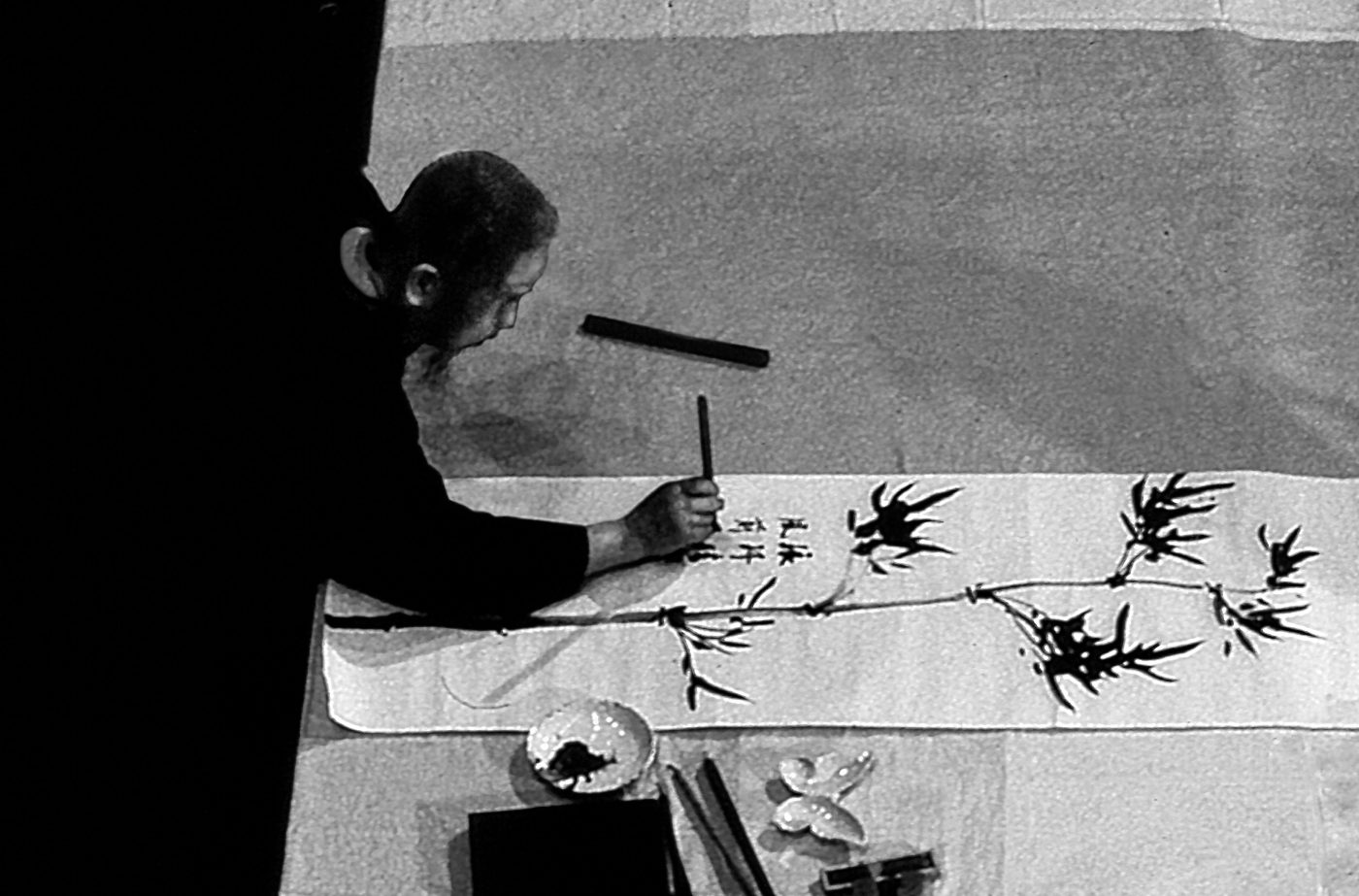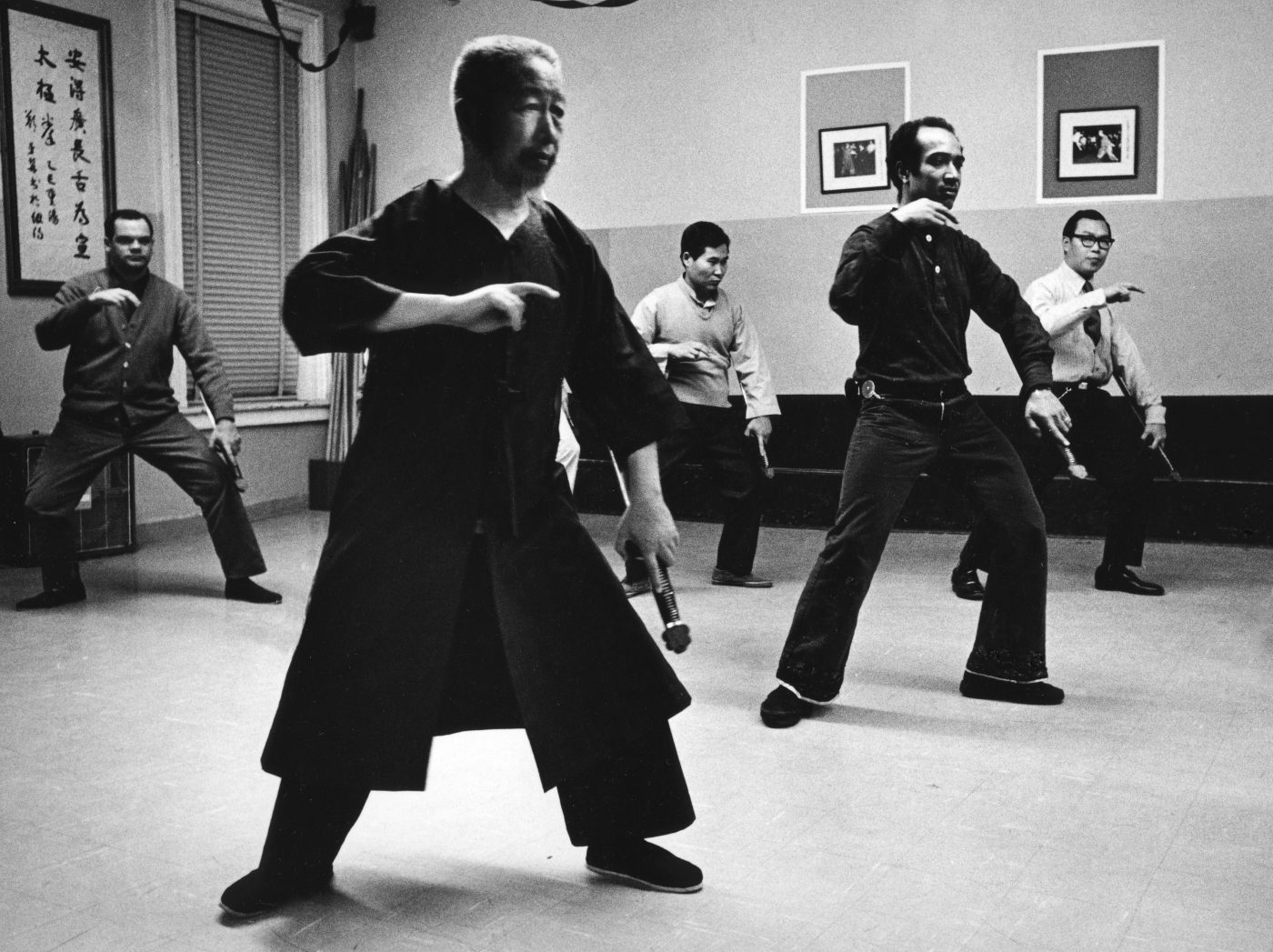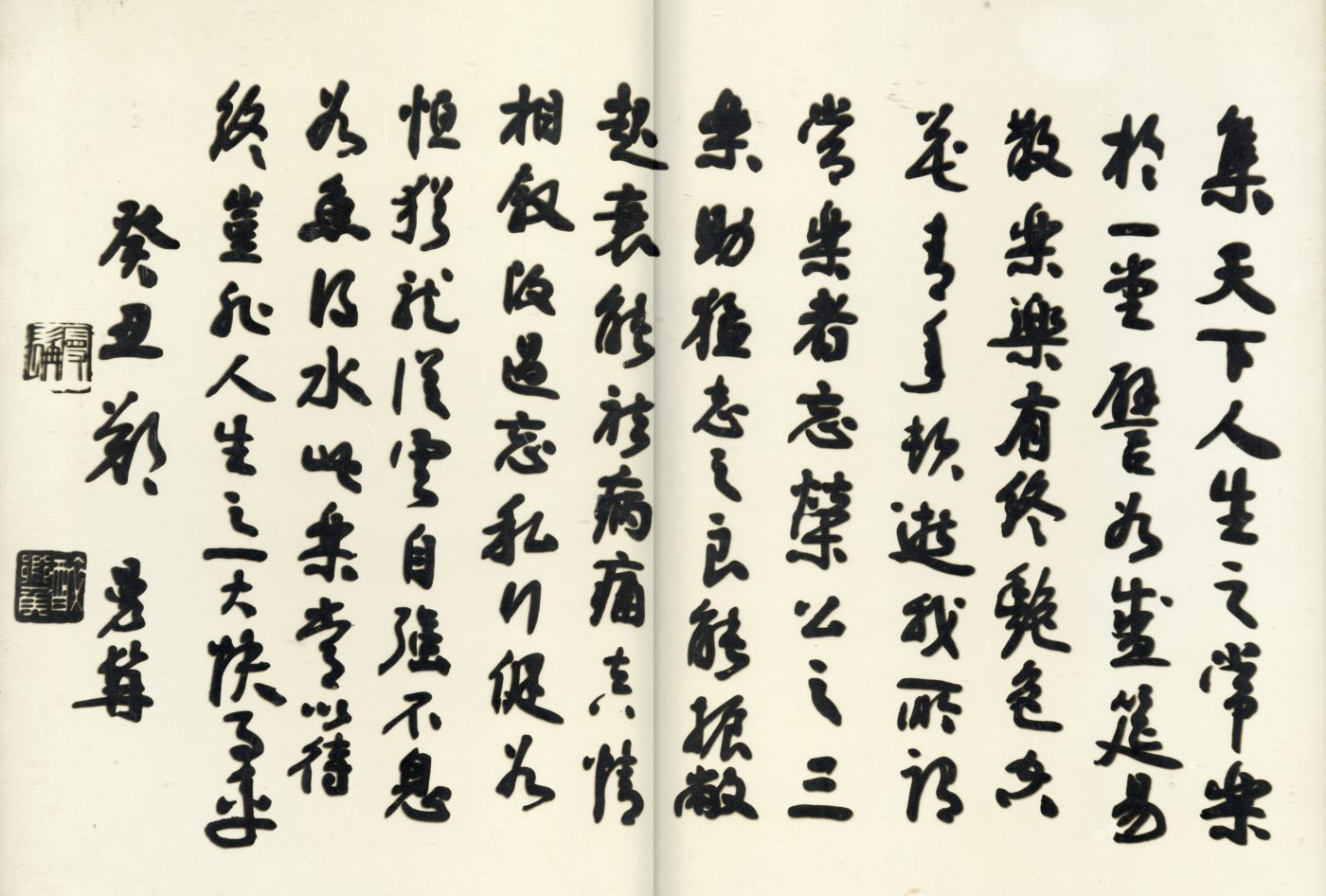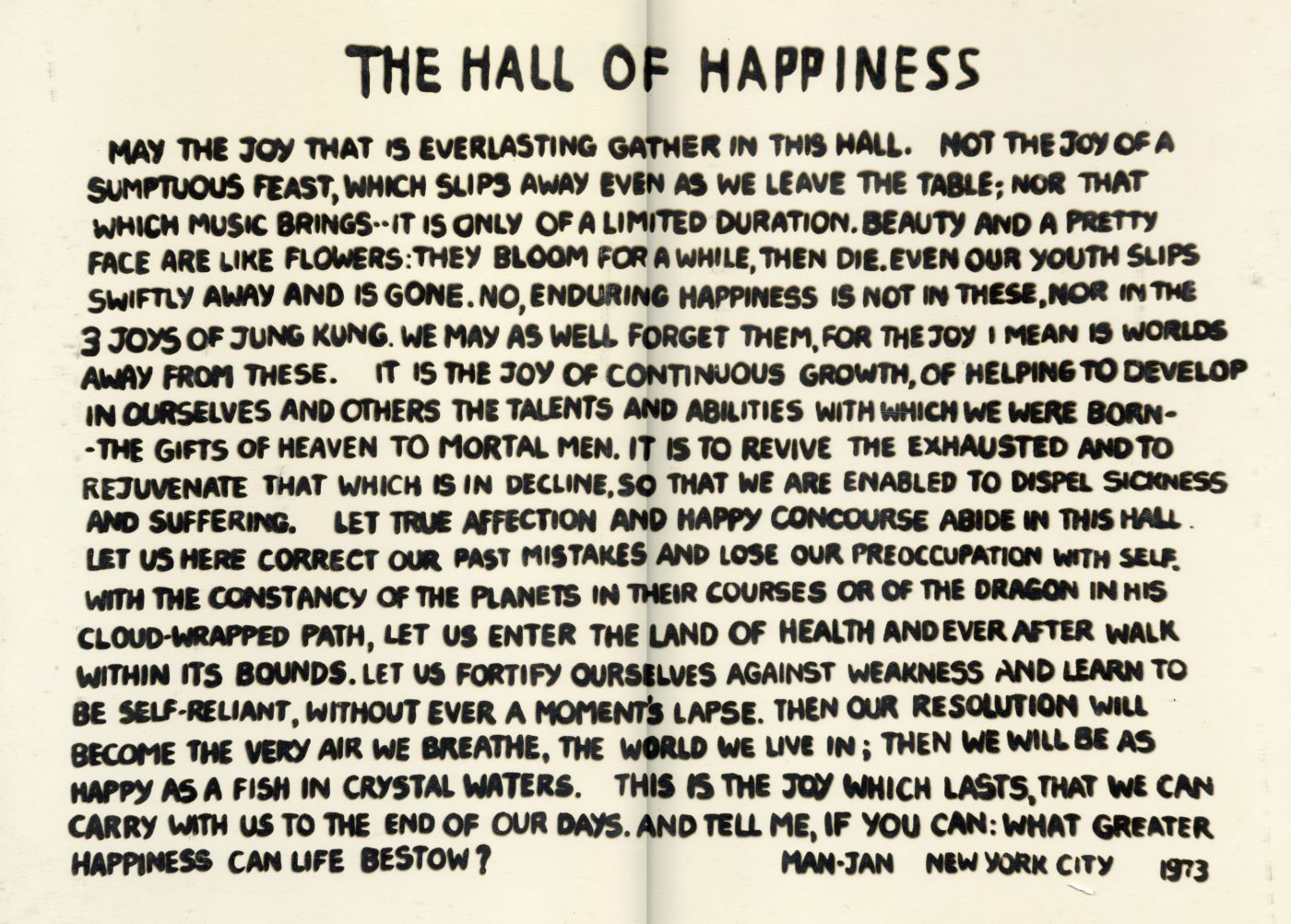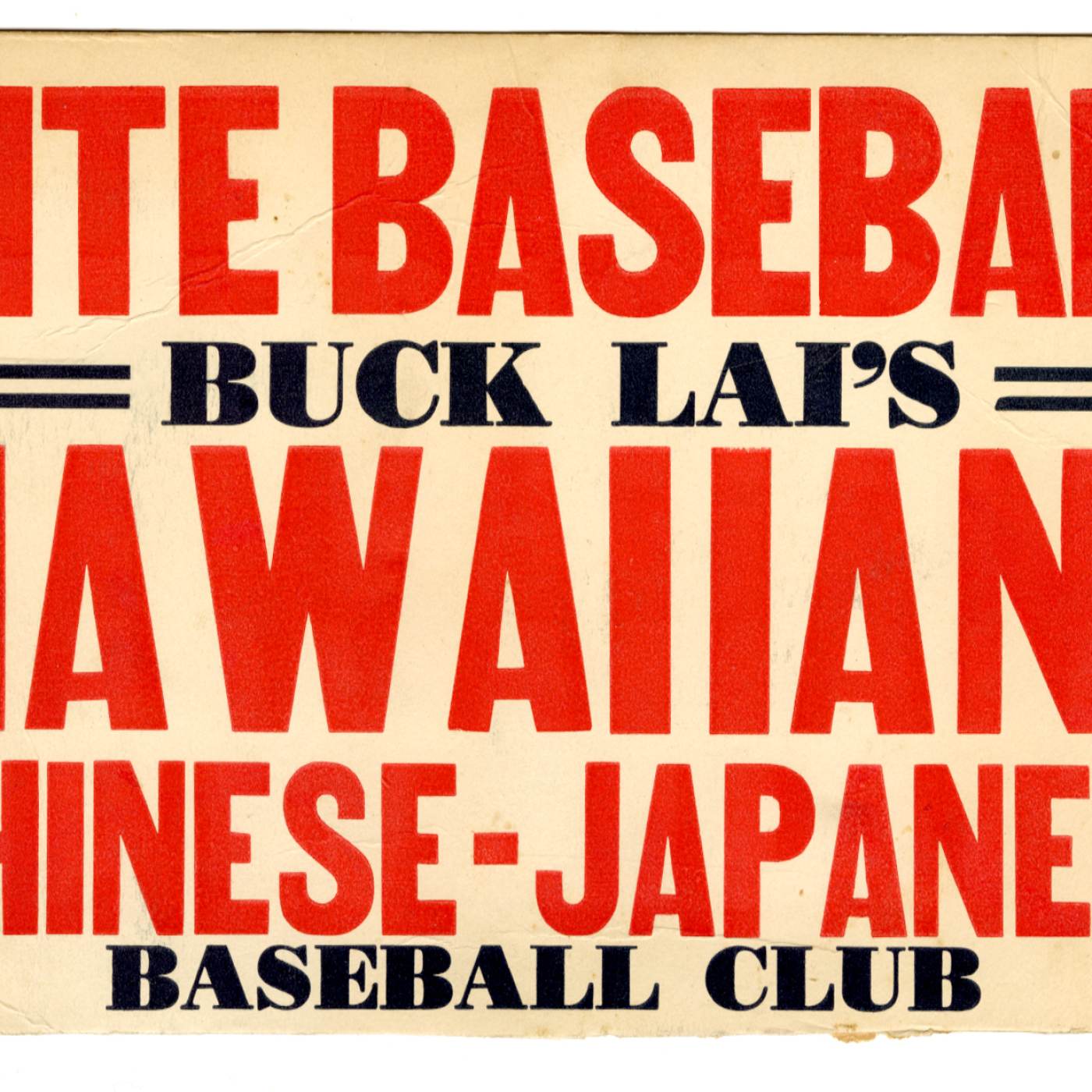This week we feature MOCA’s recent donation of materials related to Cheng Man-Ching (Man-Ch’ing). Cheng Man-Ching, also known as “The Professor” by his students, was a T’ai Chi Ch’uan expert known for developing a popular T’ai Chi “Yang style short form” (also known as Cheng Man-Ching 37 form) and his proficiencies in Chinese medicine, calligraphy, painting, and poetry.
Cheng Man-Ching‘s story in the United States began in 1964 when he and his family moved to New York City from Taiwan. Already a well-known T’ai Chi instructor, Professor Cheng would begin teaching T’ai Chi in the U.S. at the New York T’ai Chi Association in NY Chinatown and later on at his own school, the Shr Jung T’ai Chi School at 87 Bowery.
Cheng was often described by his students as a relaxed and calm instructor who taught in a manner that was demonstrative and non-authoritative. His style of teaching embodied the values of Confucian ethics and Daoist metaphysics, with a strong emphasis on the betterment of the body and mind. What made Cheng’s teaching even more unique is his willingness to teach non-Chinese students, a practice that was often frowned upon by the Chinese community as it was seen as giving away the “secrets” of Chinese culture to undeserving “outsiders”. This disagreement over who had the privilege of learning T’ai Chi gradually led to Cheng founding his own school, the aforementioned Shr Jung T’ai Chi School. Furthermore, Cheng developed a shorter form of the traditional Yang style of T’ai Chi, also known as the Cheng Man-Ching 37 form. This distilled version–as described by many of his disciples–allowed him to teach more students in a shorter amount of time; in essence, making learning more accessible.
His method of teaching and openness to instructing non-Chinese students, combined with his development of the short form of Yang style T’ai Chi would ultimately contribute to the popularity of T’ai chi and its continued practice in the West. Many of Cheng’s disciples will carry on his legacy and continue to teach and promote T’ai chi in the United States, Taiwan, and beyond.
The Cheng Man-Ching collections being accrued at MOCA are an extension of Professor Cheng’s legacy. We’ve received generous donations from former disciples and T’ai chi practitioners of Cheng. Currently, our archives feature a photo collection courtesy of Mr. Ken Van Sickle, a documentary film on T’ai chi and Cheng Man-Ching from Mr. Barry Strugatz, and two framed Cheng Man-Ching poems entitled” Hall of Happiness” courtesy of Ms. Margaret J. Newman. You can see the digital photographs and digitized poems below.
Additional Resources:
